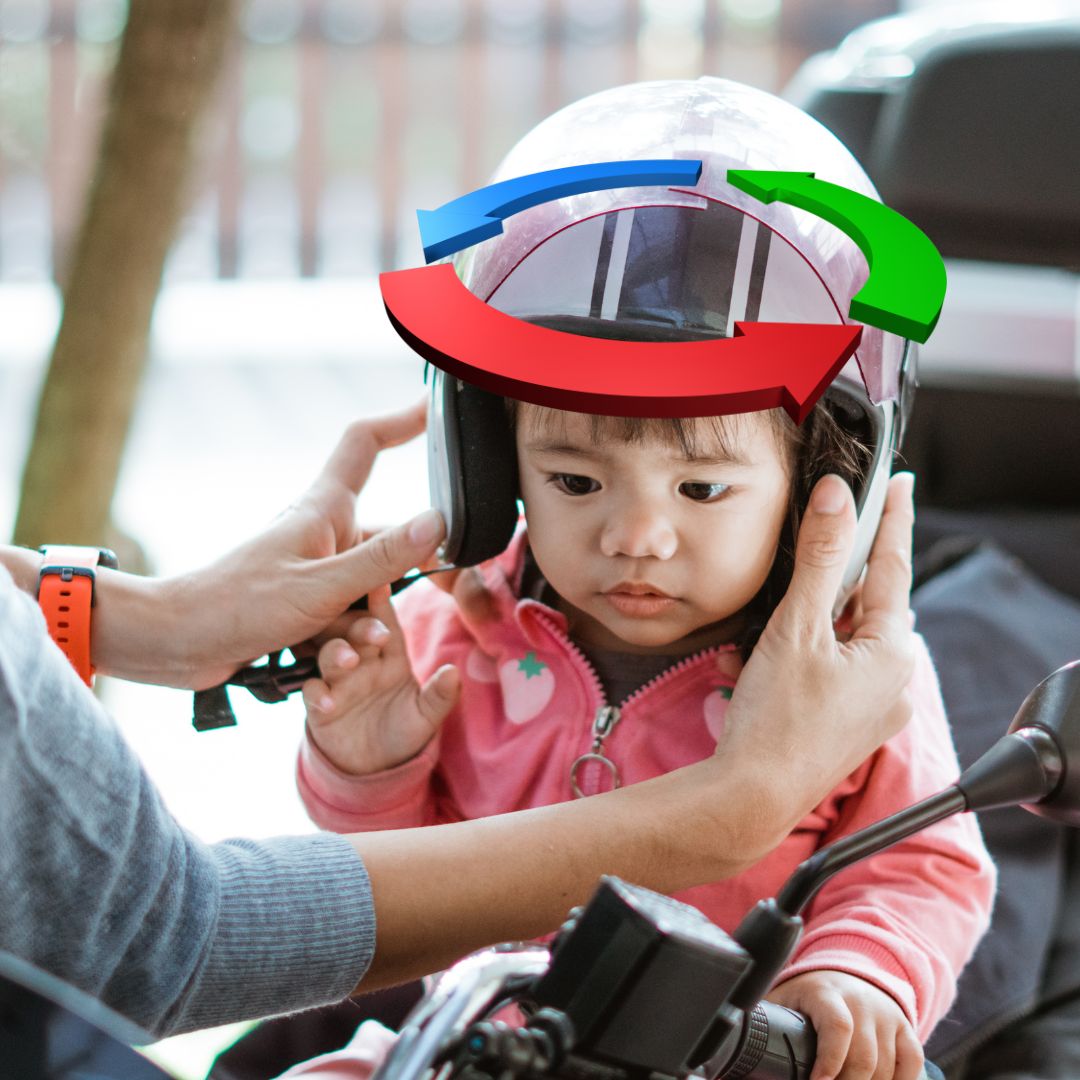
Updated: 17.4.25
Motorcycles aren’t just a way to get from A to B—they’re a lifestyle, an adrenaline rush, and for many, a form of freedom. But they come with unique safety challenges that four-wheeled drivers don’t face.
One of the most overlooked—and dangerous—factors is the blind spot. Whether you’re a first-time rider or a seasoned pro, failing to check your blind spots can turn a great ride into a serious accident.
So, what are the most common blind spot mistakes riders make—and how can you avoid them?
Quick Overview of Common Mistakes
| Section | Main Points | Tip |
|---|---|---|
| Not Checking Mirrors Frequently | Reduces awareness of surrounding traffic. | Check mirrors every few seconds and before any lane change. |
| Not Turning Your Head | Misses vehicles in critical blind spots. | Always follow mirror checks with a shoulder glance. |
| Poor Lane Positioning | Makes riders less visible to other drivers. | Stay in drivers’ line of sight; avoid the centre of the lane. |
| Neglecting Indicators | Surprises other road users and increases crash risk. | Signal clearly and early. |
| Wearing Low-Visibility Gear | Makes riders harder to spot. | Opt for reflective or high-visibility clothing. |
| Overestimating Driver Awareness | Assuming drivers see you is risky. | Ride defensively and assume others haven’t seen you. |
Why Blind Spots Matter
Blind spots exist in every vehicle, but they pose a particular risk to motorcycles due to their smaller profile. Ignoring them increases the chance of sideswipe accidents, especially during lane changes or merging.
Let’s look at seven critical blind spot mistakes—and how to correct them.
1. Not Performing Shoulder Checks
Mirrors only tell part of the story. A quick head turn—known as a shoulder check—fills in the gaps.
- Do it early: Don’t leave it until the last second.
- Keep it smooth: Quick but steady, without losing control of the handlebars.
- Make it a habit: Use shoulder checks alongside mirror checks for full awareness.
Tip: Always shoulder check before merging or changing lanes.
2. Riding in Other Drivers’ Blind Spots
If you can’t see a driver in their side mirror, they likely can’t see you either.
Tip: Adjust your speed to move out of blind spots as quickly as possible.
3. Lingering Too Long
Staying in a blind spot turns you into a target. Even attentive drivers can miss you if you're in the wrong place at the wrong time.
Tip: Pass decisively or fall back to a visible position.
4. Riding in the Centre of the Lane
The centre is often the least visible place in a lane—and often the greasiest.
Tip: Position yourself to the left or right third of the lane, depending on visibility and traffic.
5. Poor Mirror Adjustment
Misaligned mirrors reduce your field of view and increase blind spot risks.
- Adjust mirrors so you see less of your own bike and more of the surrounding lanes.
- Double-check adjustments after bumps or maintenance.
Tip: Combine well-adjusted mirrors with consistent shoulder checks.
6. Not Using Your Lights Effectively
Motorcycles have fewer lights than cars, so you have to make them count.
Tip: Keep headlights on during the day and always signal turns or lane changes early.
7. Riding Too Fast at Night
Reduced visibility and tired drivers mean you need to ride smarter—not faster.
Tip: Slow down, wear reflective gear, and ensure your lights are working.
Bonus: Tech That Helps
- Blind spot sensors alert you to nearby vehicles.
- Smart mirrors give visual signals of approaching traffic.
- Helmet displays can project rear views directly into your line of sight.
Tip: Use tech as a backup, not a replacement, for situational awareness.
Passenger Awareness
When riding two-up, blind spots shift. Make sure your passenger:
- Knows how to check mirrors from their angle.
- Uses simple verbal or hand cues to communicate.
- Helps spot potential hazards and alert you to them.
Tip: Brief your passenger before every ride on their role in safety.
Final Thoughts
Avoiding blind spot mistakes isn't just good practice—it's lifesaving. Whether it’s a proper shoulder check or using reflective gear, every detail counts when it comes to motorcycle safety.
Ride smart. Stay visible. And never assume other drivers can see you.
FAQs
How do I check blind spots effectively on a motorcycle?
Combine frequent mirror glances with quick shoulder checks. Don’t rely on mirrors alone.
Where are a motorcycle’s typical blind spots?
Most blind spots are at the 45-degree angle behind your shoulders. Adjust your mirrors to reduce these and check them often.
How can I avoid being in a car’s blind spot?
Pass swiftly, don’t linger. If you can’t see the driver in their mirror, they probably can’t see you.
Does speed affect blind spot safety?
Yes—higher speeds mean less time to react. Maintain a speed that allows safe scanning of your surroundings.
Ride Safer with RiiRoo 🏍️
Want more tips like this? Check out our full range of ride-on motorbikes at RiiRoo.com or chat live with our team for help finding the perfect ride!





Share:
How Does A Motorcycle Kill Switch Work?
Can You Ride Dirt Bikes on Private Property or Backyards? 2025 Guide